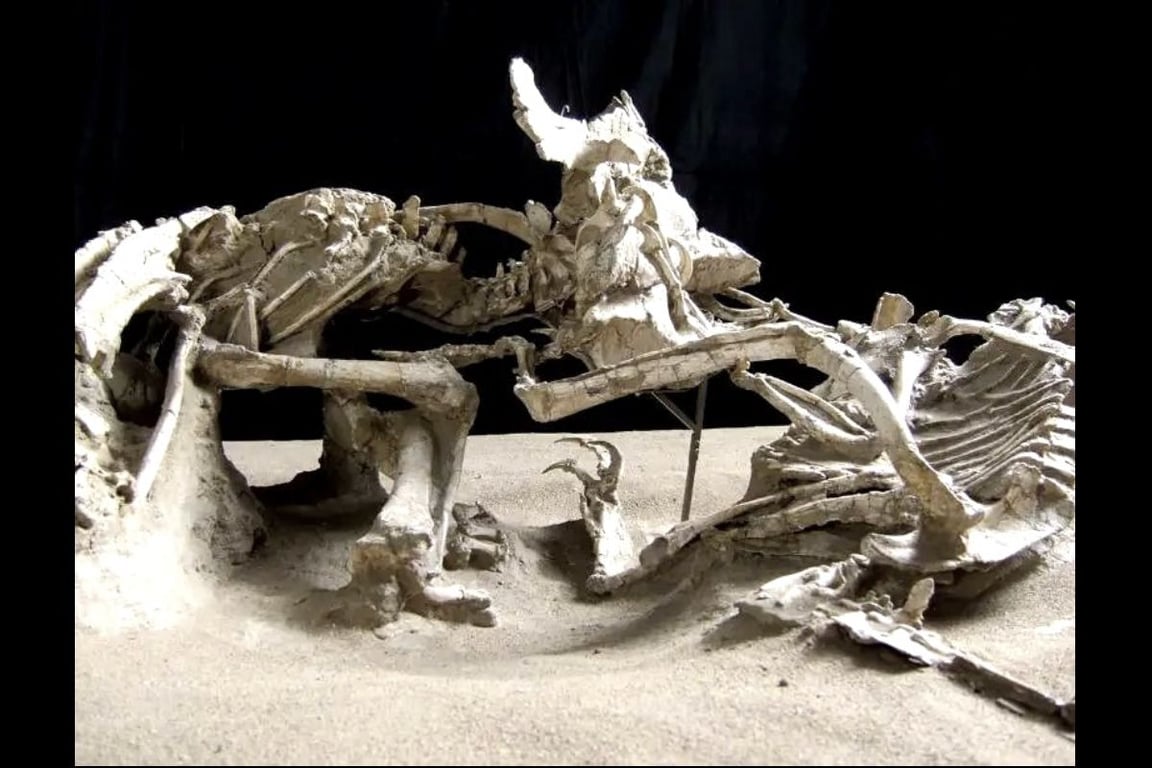When it comes to dinosaurs, few creatures elicit as much fascination and awe as velociraptors. These fast predators are perhaps the most iconic of all extinct animals, thanks in part to their appearances in the blockbuster film Jurassic Park. So what is National Velociraptor Awareness Day? And why is it important? Read on to learn more about this fascinating creature and its importance on National Velociraptor Awareness Day!
What is National Velociraptor Awareness Day?
On this day, we celebrate all things velociraptor -- from their unique anatomy to their impressive hunting skills. Although there are no customs and traditions associated with this day, we can say that velociraptors have played a major role in shaping the way we think about dinosaurs today.
In 1923, an American Museum of Natural History expedition in Mongolia's Gobi Desert resulted in the discovery of the first velociraptor fossil.
There are countless expeditions that followed, not just by North American researchers but also by Soviet and Polish scientists. Another major discovery was made in 1971, a fossil of a velociraptor preserved in a fight against Protoceratops! This fossil was also discovered in Mongolia, which made it a national treasure of this country. Since then, velociraptors have been extensively studied and are now one of the most well-known and popular dinosaurs.

Although the beginning of National Velociraptor Awareness Day is unknown, it became widespread after the release of Jurassic Park in 1991. With the release of this movie, velociraptors were thrust into the public eye, making their first appearance on the big screen and becoming a major part of pop culture.
Why is National Velociraptor Awareness Day Important?
Well, for one thing, these creatures are an iconic part of dinosaur history and mythology. And as our understanding of dinosaurs has grown, so too has our appreciation for these magnificent creatures.
Today, velociraptors are a vital part of the dinosaur's family tree. They are one of the most famous and most well-studied of all dinosaurs. With more research, we may discover even more about them.
National Velociraptor Awareness Day serves as a reminder that we need to protect our remaining biodiversity -- both now and in the future. Velociraptors and dinosaurs are an important part of our evolutionary history. While we can learn a lot about human evolution by studying living animals, it's also important to understand the diversity of life that came before us.
What Do Velociraptors Look Like?
Velociraptors shaped the way we think about dinosaurs. Although they are often depicted as big and scary killers, their appearances were actually quite different.
They were relatively small, with small heads, and they were ambush predators. They were not as strong as their close relatives like the tyrannosaurus and ceratops, but they were very agile.
Velociraptors are an important part of the dinosaur family. They were small, fast, and agile, with a long tail and sharp, sickle-like claws on their feet. They used this as a weapon, primarily by ambushing their prey and targeting its vital organs.
How To Celebrate National Velociraptor Awareness Day?
There are many ways to celebrate National Velociraptor Awareness Day! Here are some of our favorites:
Visit Dinosaur Themed Destinations
It's no secret that dinosaur-themed parks are popular. Visitors to these parks love to experience the prehistoric world.
It's fun to visit these parks and learn about the different types of dinosaurs and other prehistoric animals. But some of the best parks are those that are based on real life dinosaur discoveries. In fact, dinosaur tracks in Utah are worth visiting!
Watch Jurassic Park
When we think of dinosaurs, we think of Jurassic Park. It's a fun and suspenseful movie, and you can watch or re-watch it again with your friends and family.
Learn More About Velociraptors
Learning more about velociraptors is a great way to spend your National Velociraptor Awareness Day. There are plenty of places to learn about them. From museums to libraries, you can find a lot of interesting information about velociraptors.
Make a Dinosaur Art Project
Dinosaur-themed art projects are always a fun way to celebrate National Velociraptor Awareness Day.
There are many dinosaur-themed art projects to choose from, such as this dinosaur hoodie or this cardboard dinosaur craft. You can even make a custom dinosaur-themed gift for a friend or loved one. For sure, it'll be fun creating such a unique art for a special person!

Celebrated With a Hashtag #NationalVelociraptorAwarenessDay
What can be more fun than celebrating National Velociraptor Awareness Day with a hashtag? You can even share the things you're doing to celebrate National Velociraptor Awareness Day!
Fun Facts About Velociraptors
In case you’re curious, here are a few fun facts about velociraptors that you may not know:
Velociraptors did not stand seven feet tall! - Contrary to the velociraptor's popular portrayal in the movies, this dinosaur is only about 1.6 feet tall.
They went extinct about 73 million years ago - That's a huge number! Nevertheless, velociraptors likely went extinct at the end of the Cretaceous Period.
Velociraptors had feathers! - Again, contrary to popular belief, velociraptors did not have reptilian skin. Instead, they had feathers, although it is believed that they can't fly.
They were bipedal - Like most dinosaurs, they use their hind legs to stand.
They were not as fearsome as they are portrayed - In the movies, velociraptors are portrayed as being a fierce predator, hunting down their prey. However, it is believed that they were not quite as fearsome as they are made out to be.
There are two known species of velociraptors - V. mongoliensis, discovered in Mongolia, and V. osmoiskae, found in Inner Mongolia, China.
They have dangerous claws - Although they have 26-28 teeth, a velociraptor's main weapon is its sickle-like claws on each hindfoot.
Conclusion
So what are you waiting for? Celebrate National Velociraptor Awareness Day by learning more about these fast and ferocious creatures that once roamed the earth!
.jpg)
.jpg)
.jpg)